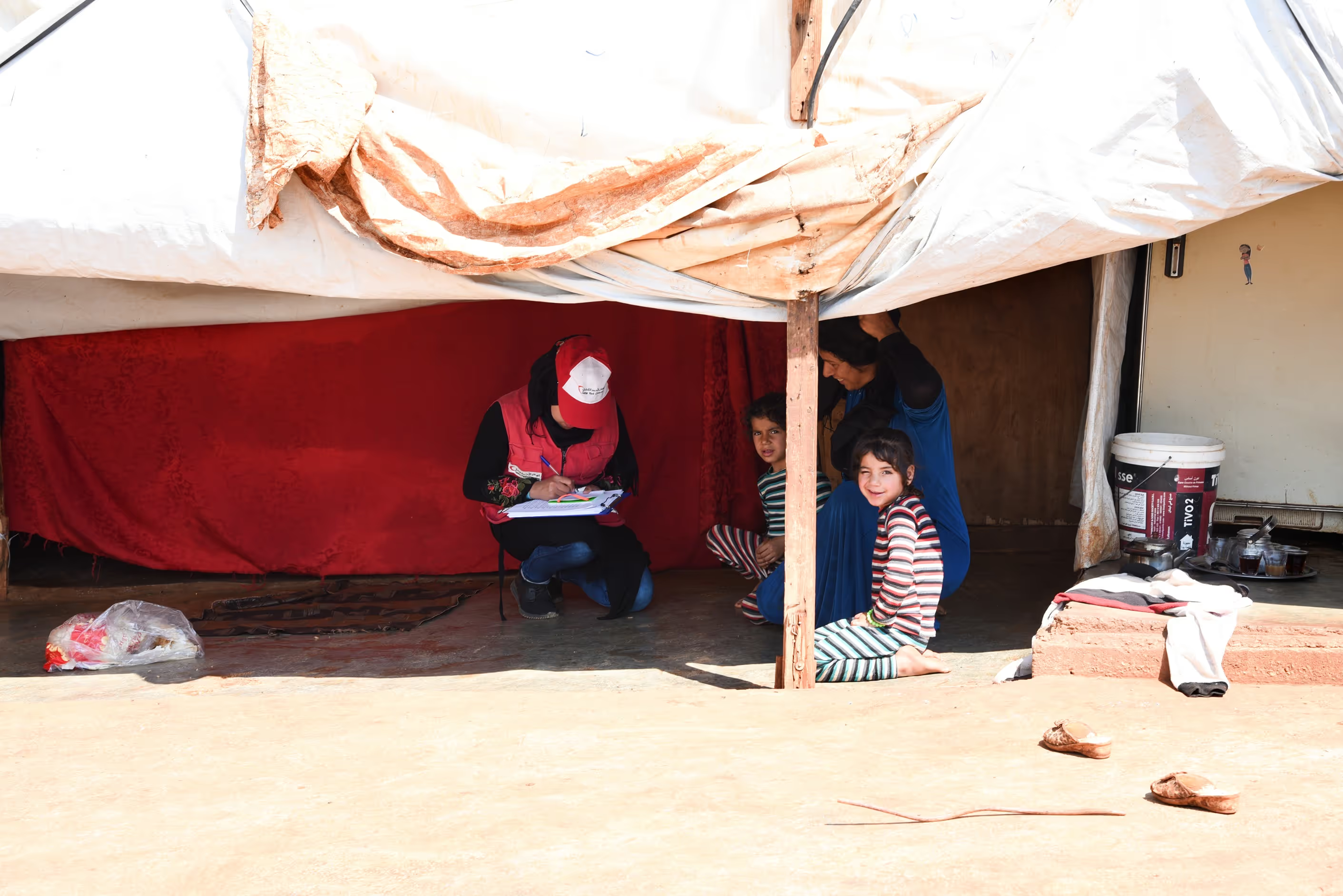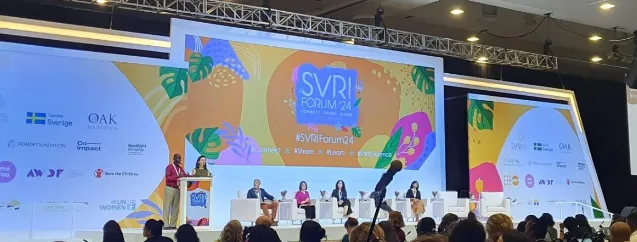Users in Decision Making to Solve Sanitation Issues: The Beginning

1. Availability of Users

Among the challenges faced every day in the field was availability of our targeted users (women), especially in protracted emergency settings, for ethnographic questions and field assessment permission protocol of household latrines. Women were targeted because they were culturally responsible for cleanliness of the latrines and also their tents.
Yet, most women worked in agriculture from 6 am to 11 am, taking their break time from 11 am-12 pm, and continuing to work again from 12 pm to 6 pm. We also could not risk gender-related safety concerns for our female WASH team community mobilizers by them staying past 6 pm. To this end, it was ethically crucial not to take up the whole break time.
2. User Participation in solution of co-creation : Not An Open Invitation

During triangulation of user-centred data and latrine assessment data, participation of users in the decision-making process of the design of the sanitation provision exposed both high risks of conflict-of-interest as well as passive participation. It was clear that if we randomly selected participants to attend the co-creation sessions, as a mechanism to ensure fairness, then participants with low needs might have higher probability to be chosen over those with higher needs. This meant that the wrong participants might decide what the sanitation design will be. Moreover, when direct stakeholders (land owners for instance) were present, their revered status by beneficiaries may have contributed to passive participation.

3. Users’ Skills for Implementation of Solution

The skills of the targeted community were not compatible with technical adjustments directed at their sanitation issues which raises the question of sustainability. Our talent pool derived from the ethnographic survey shows that most users are involved in agricultural sector.
In the next blog post, we will discuss co-creation outcomes.
Cover photo: As part of its community engagement activities, QRCS team along with beneficiaries examining the “Smart Bucket”, a practical solution that ensures handwashing and making use of soap water for discharge. (Photo Credit: Suleiman Al Sumairy)
Stay updated
Sign up for our newsletter to receive regular updates on resources, news, and insights like this. Don’t miss out on important information that can help you stay informed and engaged.
Related articles



Explore Elrha
Learn more about our mission, the organisations we support, and the resources we provide to drive research and innovation in humanitarian response.